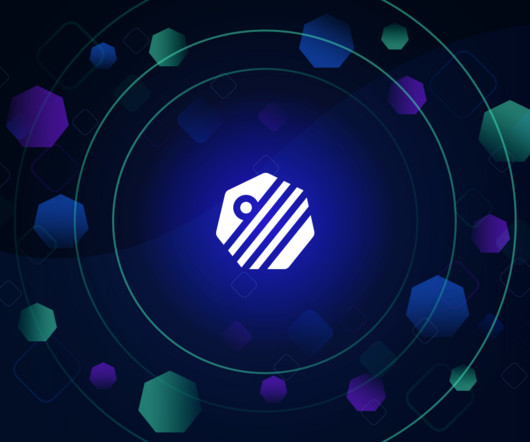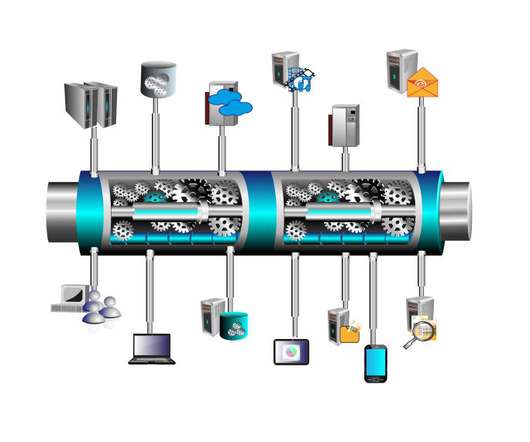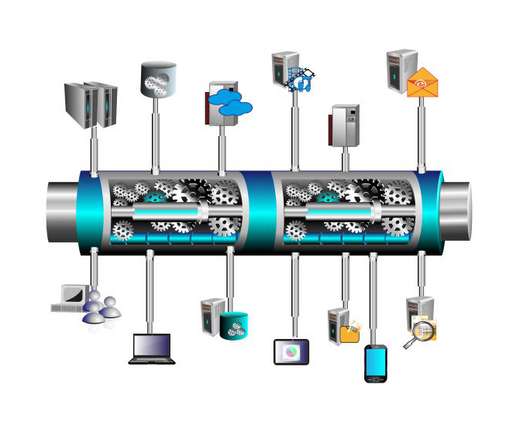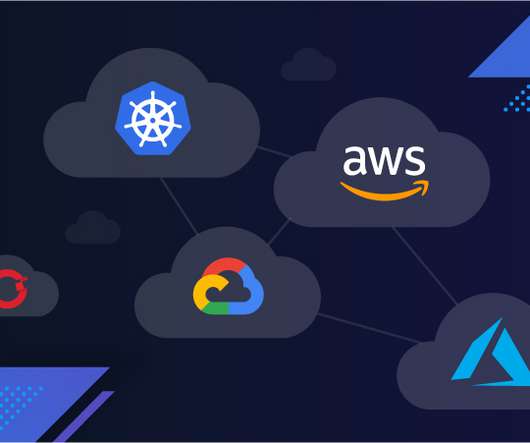Mastering Kubernetes deployments with Keptn: a comprehensive guide to enhanced visibility
Dynatrace
MARCH 20, 2024
External dependencies Many applications rely on external services, such as databases, APIs, or third-party services. Infrastructure health The underlying infrastructure’s health directly impacts application availability and performance. Consider a scenario where a web application depends on an external payment gateway.



























Let's personalize your content